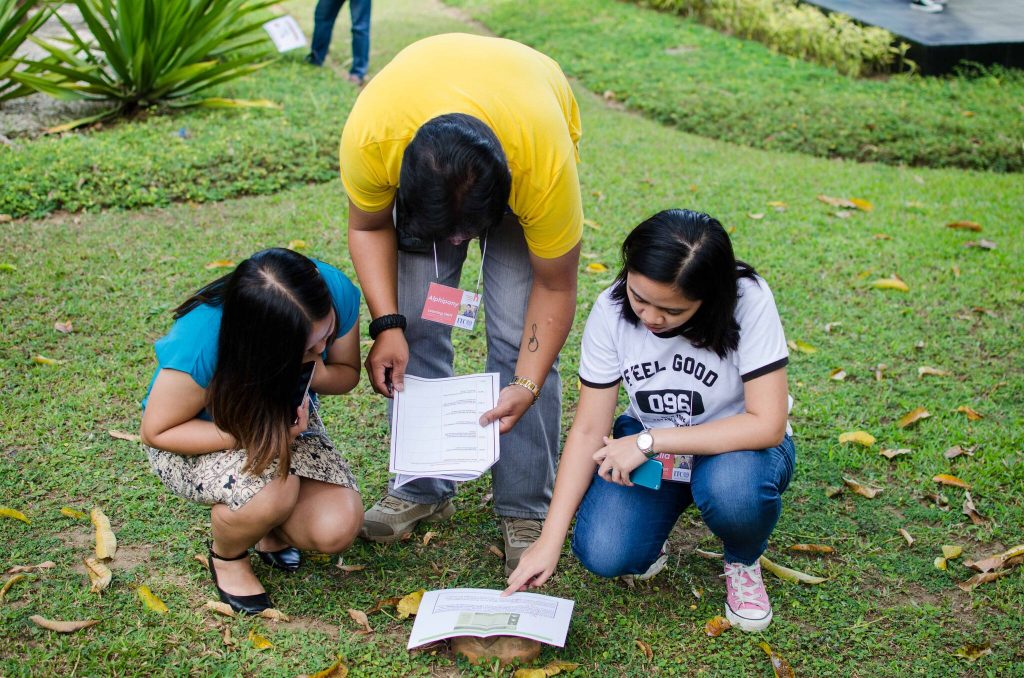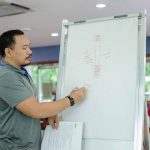Simple Ethnography

Observe and record actual behaviours of users in the field
Overview
Simple Ethnography helps to expose what individuals within an organization do and feel, reflecting beyond what they see. Insights are used to initiate true innovation. People both inside and outside an organization have valuable tacit and latent knowledge. Drawing out user-centred observations can spur rapid improvements and prototype development.
How to use it
- Help invisible routines become visible.
- Identify routines that can lead to change, or which need to change.
- Ethnographic observations are the core to identify fundamental needs and innovative solutions.
- When unspoken and latent knowledge is not accessible by asking users for explicit needs (e.g. via focus groups).
How to apply it
Start:
Participants are invited to observe local interactions and draw insights out of everyday reality.
Setting:
Core group members working on a challenge, as individuals or pairs distributed among local sites with an equal opportunity to contribute.
Materials:
In a local setting, with a notebook, camera, video, permission to record (if needed).
Time/Steps:
- 5 minutes: Participants explain the problem they are trying to solve and their current understanding of the situation.
- 5 minutes: Define sites to observe and people to shadow that will reveal user experience in depth.
- 10-180 minutes: Participants look without speaking for long periods, recording details and internal reflections as the ethnography participants talk.
- 20-180 minutes: Participants select behaviours they observed that address the challenge with a new approach, then follow-up with individuals asking what they were feeling and doing as they engaged in the behaviour.
- 15 minutes: Participants reconvene the group of ethnographers and compare notes and drafts using 1-2-4-All.
- 10-20 minutes: Participants write up observations, compose stories that highlight needs and opportunities.
- 10 minutes: Participants feed insights forward into brainstorming and prototyping efforts.
How to adapt it
- Use a storytelling template to structure observations.
- Ask participants to draw or build a model of the challenge at hand (be ready to be surprised by deeper insights).
- Include participants’ clients in the observations (e.g. invite clients to record their own behaviours and share images or video).
Tips
- Avoid adding meaning and interpretations too quickly to the observations.
- Insight comes from inconspicuous, often overlooked details.
- Focus on the intrinsic qualities; ignore material or technological hierarchy.
- Look for what is irregular, intimate, unpretentious.
- Look for comfort with ambiguity.
- Don’t ignore what is imperfect, crude or impermanent—deviance can be positive.





